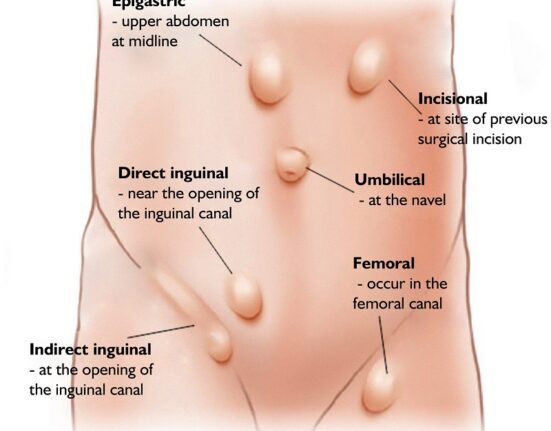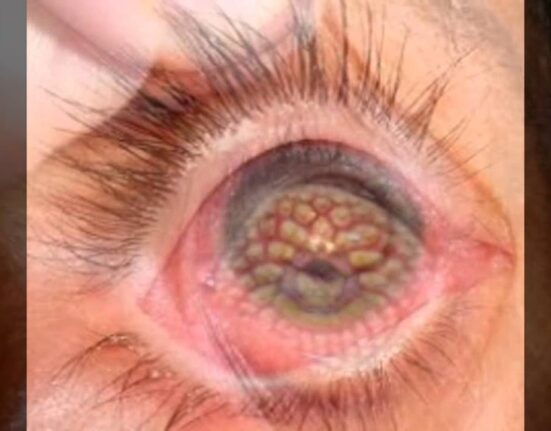Mondor disease is a benign breast condition, which means it’s not a cancerous state. But sometimes it’s a sign that the breast may have cancer. We can also call it thrombophlebitis; it is caused by the inflammation of the vein that lies under the skin of the breast or chest wall. It appears as a hard vein in the breast. This condition appears in both genders but it more likely occurs in women.
This disease is described by Henri Mondor in 1939 and named after his name. Mondor disease is very rare in occurrence. The symptoms of Mondor’s disease are simple and easily detectable. In my article, I’ve mentioned its reasons, symptoms, causes, treatment as well as prevention in detail.
Symptoms of Mondor’s disease:
The most likely symptoms of disease breast include a tube-like swelling or a linear narrow cord also called Mondor’s cord appears with redness along with pain. The pain usually feels when we touch the affected area. You especially feel pain during hard physical exercise. But over time, the pain may go away and the tender narrow Mondors cord dissolves and disappears.
Particularly, three main veins of the breast are associated with this disease. The names of the veins are the Superior epigastric vein, thoracoepigastric vein, and lateral thoracic. The inflammation of the vein is also due to infection. It varies from person to person.
Causes of Mondor’s disease:
The causes of this disease are not clear yet, also it’s difficult to determine the cause of Mondor disease breast. However, I sum up some of its top causes. It may be caused by hard exercise, an injury to breast tissues or breast muscles, wearing tight clothing, etc. In addition, it’s also seen in a patient with breast surgery, breast reconstruction, or reduction.
What is Mondor’s cord?
Mondor’s cord is another name for thrombophlebitis is painful to touch and red in appearance. The symptoms of Mondor’s disease or Mondor’s cord are similar. These cords can be seen mostly on the lower part of the breast. The Vein appears as long, and slender due to inflammation. In most cases, the Mondor cord dissolves on its own. Besides, if it retains its position, consult it with your general physician.
Is this disease leads to breast cancer?
Must read about Different Types of hernia:
No, this disease has no link with breast cancer. Also, note that it is not a form of breast cancer. Its association with cancer is less than 5%. People misunderstand it and consider it to be one of the symptoms of breast cancer and name it breast cancer Mondor disease. Firstly collect awareness about breast cancer. Apart from this, if you notice any irregularity other than Mondor’s cord, discuss it with your doctor.
Is Mondor’s disease dangerous?
It is self-limiting and benign. It is not a fatal disease means it’s not life-threatening but every disease has its consequences and method of growth. If it is left untreated, it may cause different problems. Avoidance is not acceptable in any case. If you notice any Mondors signs or symptoms of Mondor’s disease you shouldn’t ignore them.
Diagnosis of Mondor disease:
After observing the hard vein in the breast or Mondor’s cord, consult it with your general physician, he may refer you to some breast clinic where a specialist examines you. To confirm their analysis, the specialist may want you to have a breast ultrasound scan or sonography. Furthermore, you may undergo a mammogram (breast x-ray).
Mondor’s disease treatment:
You won’t need specific Mondor disease treatment because it will diffuse by itself in six to eight weeks. But during this time you’ve to perform self-examine from time to time. The hard vein in the breast is quite painful so to ease the pain. Your physician recommends you some painkillers or anti-inflammatory medicines either in the form of gel or ointments. Some painkillers or analgesic drugs are also prescribed to reduce pain and infection.
Precautions for the disease:
You can prevent Mondor disease breast by following some simple ways. Firstly, don’t exhaust yourself with the hard workout routine. Secondly, avoid tight clothing as it may increase your risk of Mondor’s cord. Thirdly, if you’ve ever undergone breast reduction or breast reconstruction, examine yourself regularly and properly.





